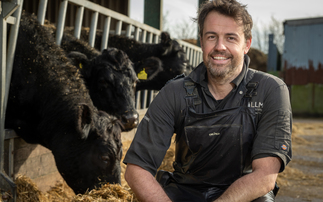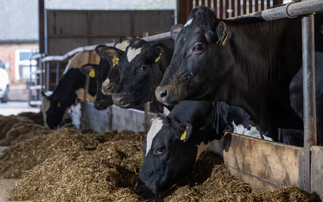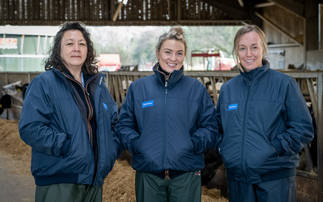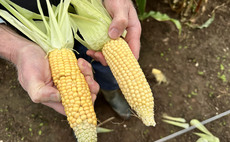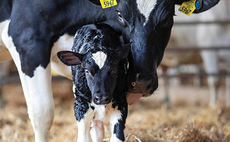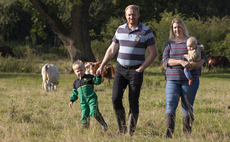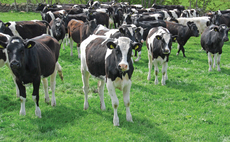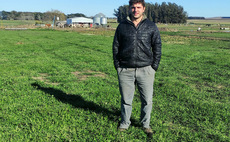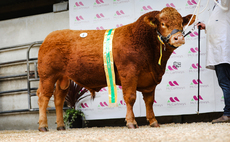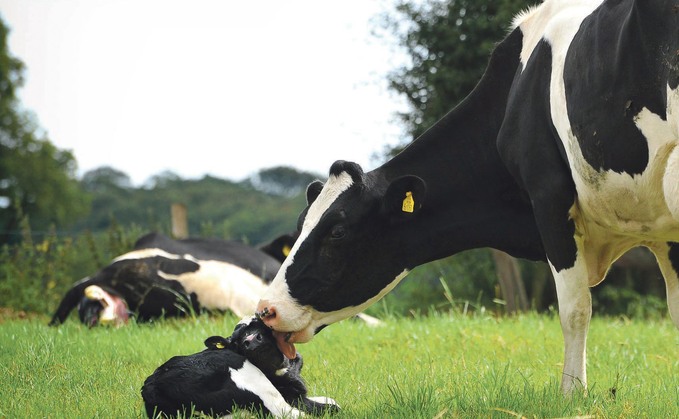
Trace minerals play an important role in keeping dairy heifers on the right track for calving at 24 months.
Studies have shown how cost-effective calving at two years is, but many factors can prevent that optimum economic benefit from being achieved, including disease and growth checks at weaning.
Insufficient levels of the trace minerals needed for a robust immune system and for good reproductive performance also have an influence. "If calves are in good health as they grow it reduces the risk of them getting pneumonia, scour and other diseases that impact on growth and therefore hitting the growth targets needed for getting in calf at 15 months,'' says Kate Ingram, ruminant technical adviser at Virbac UK.
The trace mineral needs of heifer calves can sometimes be overlooked after they are turned out to grass, resulting in subclinical deficiencies of the elements needed for oestrogen and progesterone production and for good-quality oocytes.
This can coincide with periods of high demand, such as at weaning, mixing within different groups or moving to another site, and that shortfall in trace minerals impacts on growth and therefore reproductive weight targets, says Ms Ingram. "Vaccination and disease challenges also have an impact,'' she says.
Trace minerals are primarily provided through the diet or oral supplementation variable but many factors, including variable or low intake, poor absorption from the rumen and antagonism from other minerals mean that it can be difficult to quickly get adequate levels of trace minerals into cattle when deficiencies need to be corrected, particularly during these high demand periods.
Injectable supplementation bypasses potential mineral lock-up issues in the rumen. Multimin™, a four-in-one trace mineral injection for cattle containing zinc, copper, manganese and selenium, is designed to correct clinical or subclinical deficiencies of these four trace minerals which can arise during critical phases of the production life cycle.
It provides a fast, effective and reliable way to boost essential trace minerals ahead of times of high demand, such as breeding and calving.







